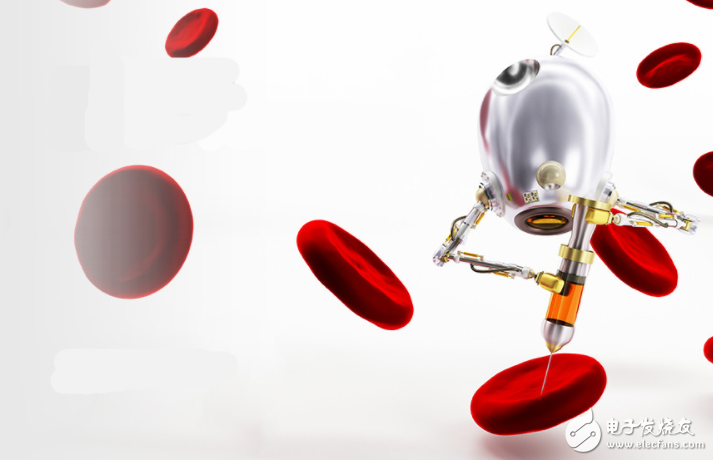The application of the Internet of Things has been expanding with the advancement of technology. It is reported that the application of the Internet of Things in the medical field is no longer a minority, and even the future will have much to offer. Medical Internet of Things and the Internet of People will present three trends.
This year, we will see more and more IoT devices in the human body for diagnostic and therapeutic experiments; with the proliferation of IoT innovation and the development of medical and device miniaturization, we are embarking on a personal super-networking journey. This will lead to a lot of controversy: such as scientific implants in the human body.

I have always been fascinated by movies that describe human shrinking to microscopic size, like the 1966 sci-fi movie "The Wonderful Journey," in which a submarine with a crew is shrunk and then injected into the blood of a dying person. Although this seemed fantastic at the time, it is now almost a reality.
We have seen many IoT micro-devices undergoing human experiments. Medical IoT micro-implants can detect disease, control pain, and even interpret signals from the brain and transmit signals to other parts of the body for the treatment of warts.
Three trends in medical Internet of Things and people networking:
1, implant communicationMedical devices embedded in the Internet of Things can communicate directly with the implant. Cardiac pacemakers already have this capability, but some of the improvements that are being made now will allow them to interact directly with the neural network, opening up entirely new possibilities. In one experiment, the implant was placed in the brain of a baboon monkey and communicated with a computer. The computer decoded the brain signal and transmitted the correct instructions to the monkey's lumbar spine. At present, this type of experiment is still in the animal stage, but the intuition tells me that this will soon develop into human experiments.
2. Internet of Things and Alzheimer's diseaseAnother interesting area is the idea of ​​using the Internet of Things to fight Alzheimer's. By downloading your thoughts to your computer, those lost memories will be retrieved.
Where will this technology take us? The security debate will intensify, as in the TV series "Home", hackers can attack the pacemaker by attacking the pacemaker. Once we start to modify our brains, we will see some serious debates, just as we created a botship like Borgs in Star Trek ("Resistance is futile", "You will be assimilated").
3, biological implantationThis trend will continue to cause controversy because some people do not implant equipment into the body for medical reasons. Over the years, this technology has been implemented on animals, such as implanting RFID chips into dogs and cats for tracking. For humans, this is more convenient than anything else, such as the proximity communication digital wallet chip implanted in the body makes it unnecessary to carry a credit card, and recent experiments have shown that someone has implanted LED lights under the skin to light the tattoo.
Although IoT innovation in healthcare still has a long way to go before it can be adopted on a large scale, I do see a new classification method for people in the future. Starting from the division of “rich and poorâ€, we may eventually evolve into a distinction by “reconstruction or originalâ€.
wood craving machine servo motor
Zhejiang Synmot Electrical Technology Co., Ltd , https://www.synmot-electrical.com